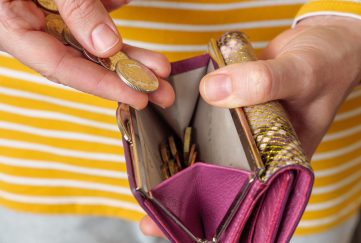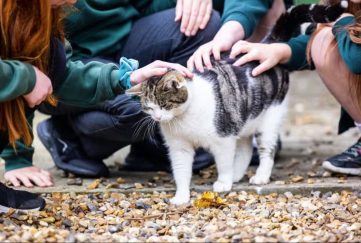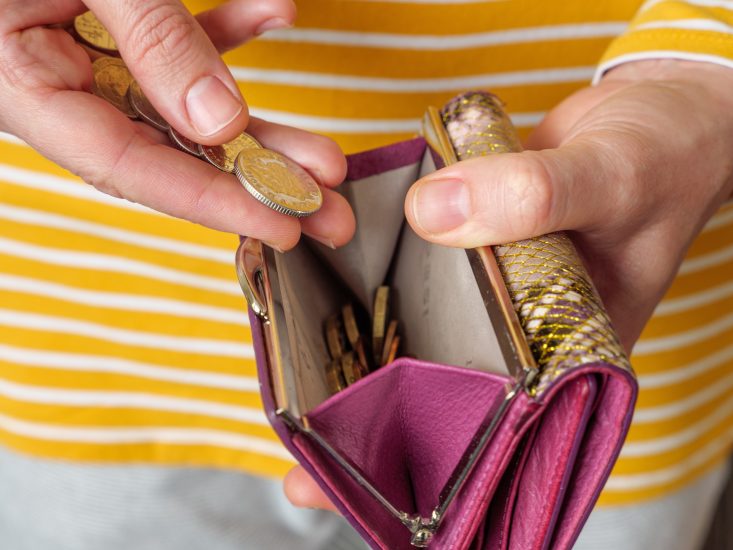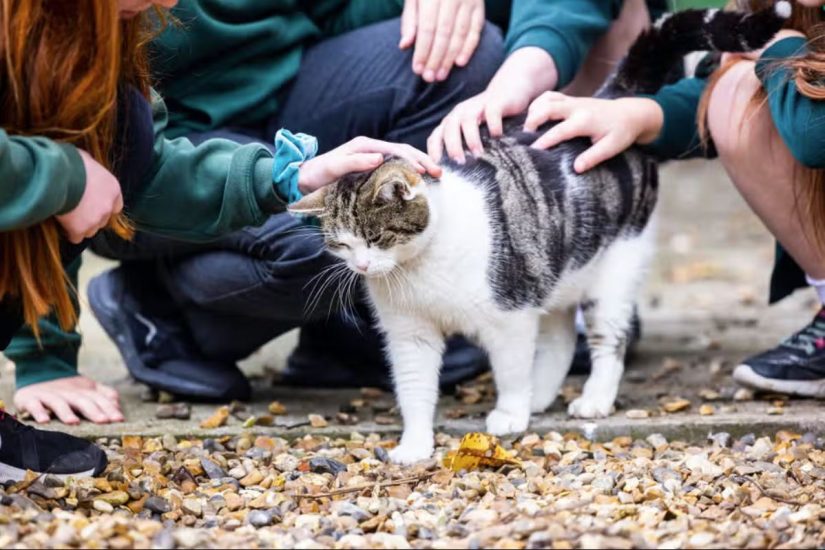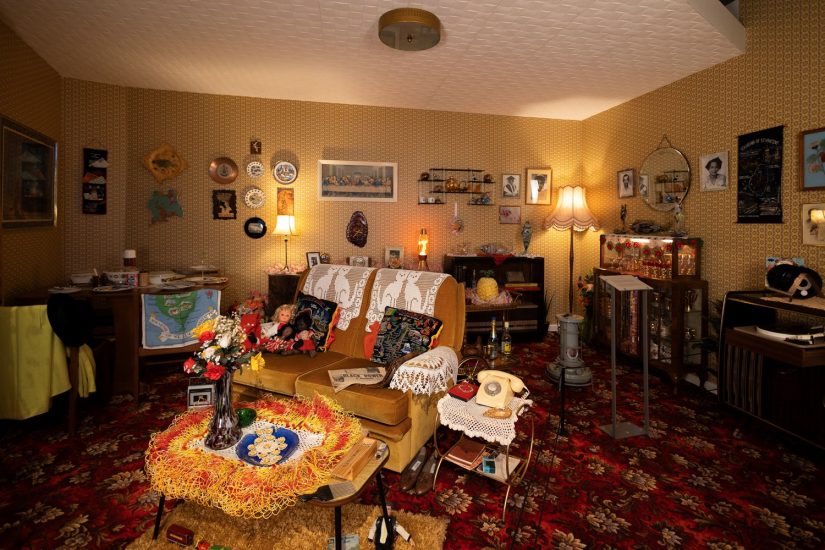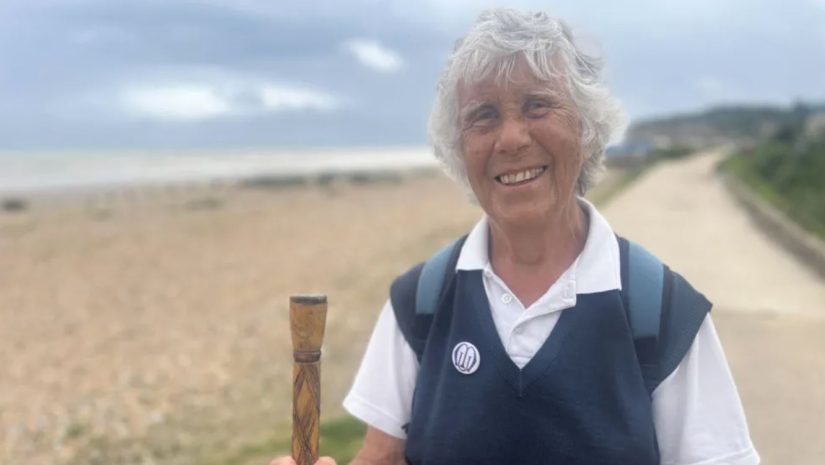A Closer Look At A Penguin Parade
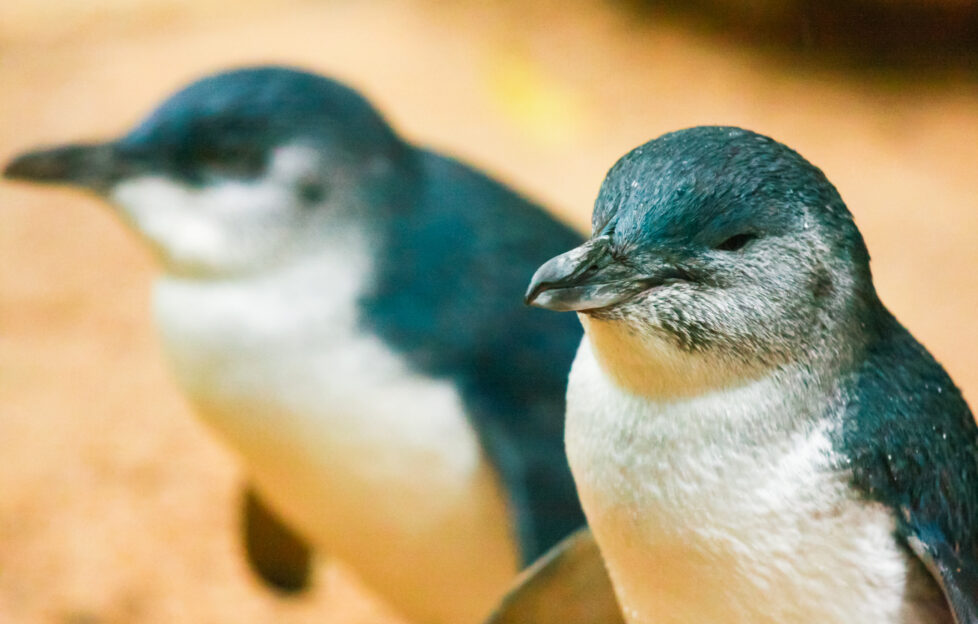
Did you know that today (January 20) is Penguin Awareness Day?
What a great excuse to revisit this article by Liz Filleul, all about a wonderful Penguin Parade in Melbourne, Australia.
In August 2020, when Melbourne, Australia, was in the middle of a 112-day lockdown, a livestream of a local wildlife attraction became a global internet hit.
Almost 800,000 people tuned in on the first night to watch a colony of little penguins waddle on to the beach at sunset and make their way to their burrows.
Internet fame may be new, but the “Penguin Parade” on Phillip Island has been a popular tourist attraction for decades, and October 2021 marked a century of penguin viewing.
In the early 1980s, Phillip Island’s last remaining colony of little penguins faced extinction.
The construction of roads and houses, the introduction of non-native animals and unmanaged tourism had led to declining numbers.
Government buy-back of an entire housing estate from 1985 onwards was the start of reclaiming the area to make it penguin-friendly.
The eradication of foxes and weeds, the planting of native vegetation, capping visitor numbers to Penguin Parade and establishing wooden penguin boxes helped the colony to grow to more than 32,000 penguins.
Penguins are top predators in the oceans
“Penguins don’t spend much time on land – they spend eighty per cent of their time at sea,” Penguin Parade researcher and ranger Meagan Tucker explains.
“They return to their burrows to lay eggs, raise chicks, to maintain their burrows and to moult.”
Meagan has worked at Penguin Parade for almost five years, after studying marine biology and zoology at university.
She carries out varied work as a researcher, as a visitor experience ranger engaging with tourists and as a presenter on the Penguin Parade livestream.
Her working day starts early in the morning, when she visits the burrows.
Using a scanner, she checks the burrows “to see who’s home”.
“The microchip numbers on the penguins correspond to the numbers on the penguin boxes,” she explains.
If a penguin is home, Meagan will take samples to see what it’s been eating.
“Because penguins are top predators in the oceans, they’re a good indicator of what’s going on out there,” she says.
“Through them, we become aware of changes in fish stocks and in the ecosystem.”
Any chicks in the burrows are weighed by the researchers, too.
“When the chicks are between two and four weeks old, the adults leave them in the burrow while they go out to sea for food,” Meagan says.
“The chicks’ weight gives insight into food stocks in the area.
They return to Phillip Island when they’re a year old
“If there’s not enough food in the ocean to feed the chicks, the adults don’t come back as often.”
At around eight weeks, chicks leave their burrows and spend most of their first year at sea.
They return to Phillip Island when they’re a year old, before spending most of their second year at sea.
Once they’re adults, some are fitted with a GPS tracker, so researchers can record where they go.
“During breeding season, little penguins travel around thirty kilometres a day by sea,” Meagan says. “Outside the breeding season, they can spend up to a month at sea.”
Meagan’s work includes supervising volunteers to maintain the penguins’ habitat. She also trains them to deal with some care of the penguins when needed.
In the evening she talks to Penguin Parade visitors about preserving nature and wildlife and inspiring people to act.
“Spring and summer used to be breeding season, but now they are laying eggs and raising chicks in autumn,” Meagan explains.
“Long-term ocean warming will mean that they’ll be unable to breed in spring and summer.”
She says everyone – even in other countries – can help to protect Phillip Island’s little penguins.
“Helping them involves protecting the ocean, and everyone can do that,” Meagan says.
As all waterways lead to the ocean, keeping them clean of harmful debris is vital to protect all seabirds.
Meagan’s suggestions include reducing single-use plastics, choosing responsible seafood, purchasing bamboo rather than plastic products, and not releasing balloons.
Meagan’s day often ends with involvement in the nightly penguin count.
Penguin Parade rangers have been counting penguins since 1968.
For 50 minutes, they keep their eyes peeled, with between 1,000 and 2,000 penguins waddling up the beach in summer.
“Some years ago we had a record count of 4,398 penguins in one night!” she recalls.
For more great features from “The People’s Friend”, click here.


